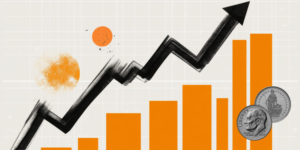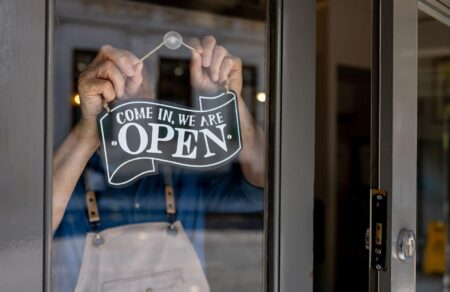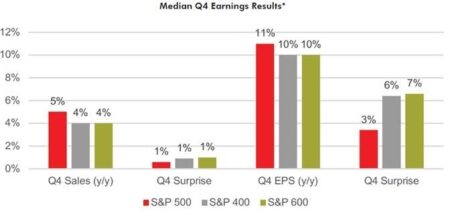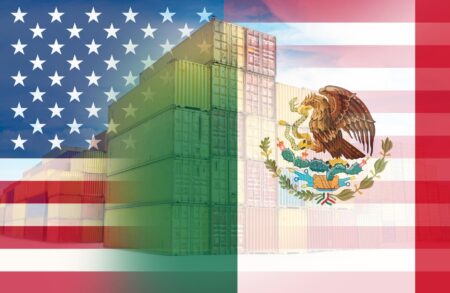Consumers have kept the economy humming, but inflation fatigue has taken a toll. The new big idea is austerity, and it’s hitting luxury retail hardest.
A sea change in the spending habits of the world’s consumer-driven economies appears to be gathering momentum, presenting an ominous challenge for the retail industry, most recently in the luxury space. The Gen Z “underconsumption” trend we discussed here last summer has expanded into this year’s broader social media meme—“No Buy 2025.”
Younger consumers, especially in the U.S., have been embracing this burgeoning movement which encourages people to buy as little new merchandise as possible. Just the essentials.
What this will mean for the overall retail industry in the long haul is uncertain. For now, it is the marquee high-end brands that are feeling the pinch, with some analysts warning of an extended downturn or, more dramatically, a basic change in consumer culture.
Exhibit A for that would be the financial performance of the largest brand, LVMH (Moet Hennessy Louis Vuitton), which reported a 2% sales decline for its December quarter, and huge double-digit declines in net income and profit margin.
The experts seem to agree that luxury brands made some basic mistakes, like outsized hikes in prices or being dependent on narrow product categories.
A recent report by McKinsey & Company for The Business of Fashion, an industry news site, surveyed the global fashion industry and declared that, “2025 is likely to be a time of reckoning for many brands.” Factors cited include a slowing global economy and changes in consumer habits, leading one analyst to ask, “Is luxury fashion doomed, or is this just a blip?”
According to Stéphane JG Girod, a Swiss-based professor who covers the luxury market, the slowdown is structural and includes jewelry (Rolex) and cars (Porsche) as well as apparel labels like Kering. In a recent column she reported that, “in the last two years, luxury brands have lost 50 million customers.”
Why, with leading stock markets and home values at or near all-time records, are wealthy consumers holding back?
Uncertainty plays a major role today as geopolitical tensions rise and those who have been sitting on piles of equity wonder if they shouldn’t take some of that wealth off the table, just in case.
But you don’t have to be wealthy to act on a rational instinct for self-preservation. For the vast majority of young people and ordinary consumers living a few paychecks away from disaster, “No Buy in 2025” reflects exhaustion and discouragement about the future. They may not own assets they can sell and live on, but they can fight back by refusing to buy more stuff just because they can.
“No Buy in 2025” has the appeal of a rebel cry.
It feels almost seamless with the concept behind “No Mow May,” a movement aimed at letting lawns grow so bees have a more abundant source of nectar right when they need it.
Both speak to a yearning for authenticity that is catching on. “No Buy” went viral on TikTok this winter. One content creator who shares tip and ideas for resisting the urge to buy things they don’t really need garnered 2.6 million views.
Gen Z may not have the buying power to change consumer culture, but they do have the social media voice. Retailers and Brands should be paying close attention to a large group of shoppers who are at an age when lifelong habits are formed: like eating in, hosting game nights, and other low cost experiences.
Those young consumers are leaning into authenticity and although they may not have robust bank accounts, they are becoming reliable influencers of their parents and grandparents, who do. The culture may be changing but the rules of retail are the same for Walmart as they are for Ferragamo—find your customers, ask them what they want, and then deliver it.
Read the full article here
















